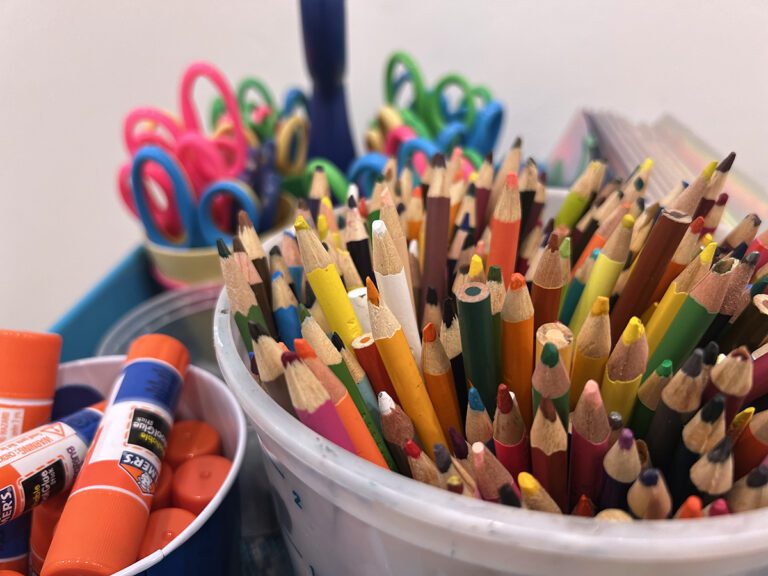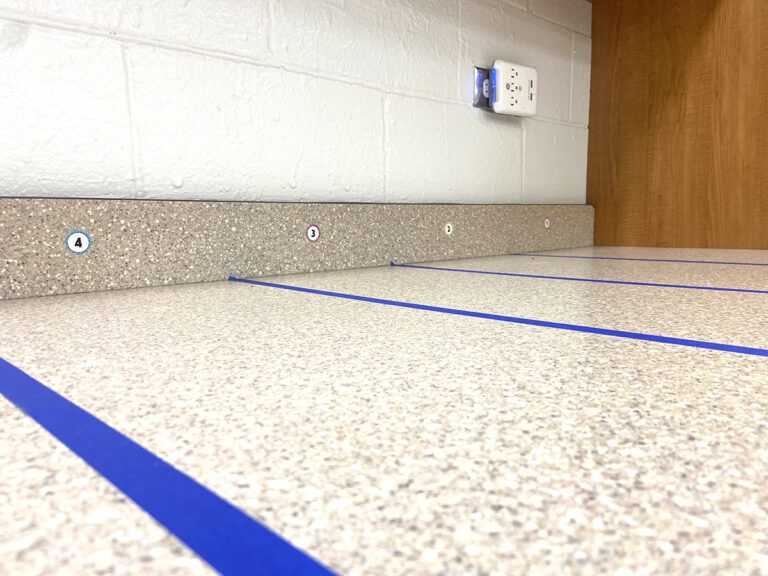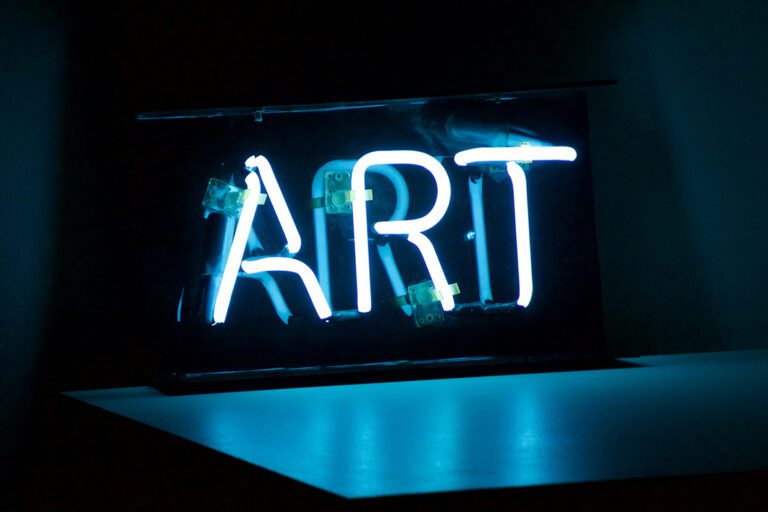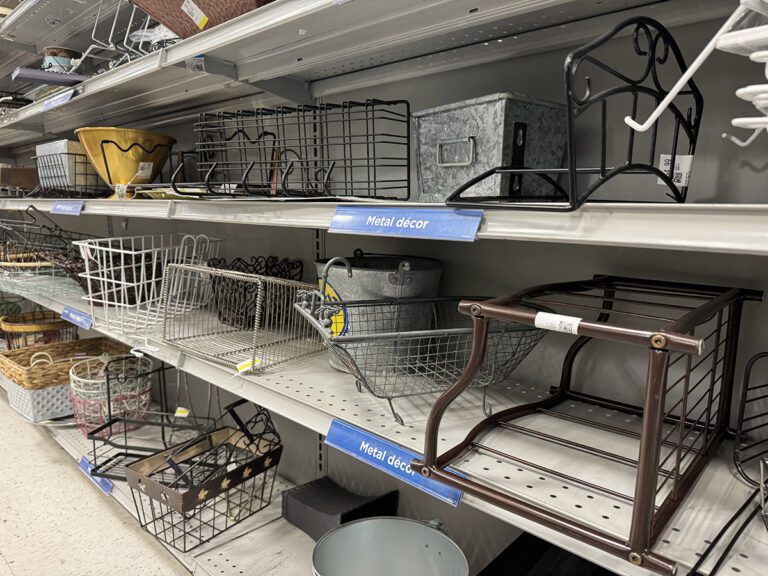If you’ve ever considered a green screen lesson, but you are worried about how to actually create a green screen in your classroom, then this article is for you. I promise creating a green screen is so simple that you can do it today!
First, let’s talk about what a green screen is. A green screen is a green backdrop that allows you to create interesting digital effects. First, you photograph a subject in front of a green screen. Then, using technology, you can remove the green screen color and replace it with a different image of your choice. Lime green is usually selected, as not many people wear that color and it doesn’t match any natural hair or eye colors. However, the screen can be any color you want. Just remember that if anyone using the screen wears clothing that is the same color, you can run into a problem. Or, like this weather man, you can use it to your advantage.

Here are 7 different ways to create a green screen for your classroom.
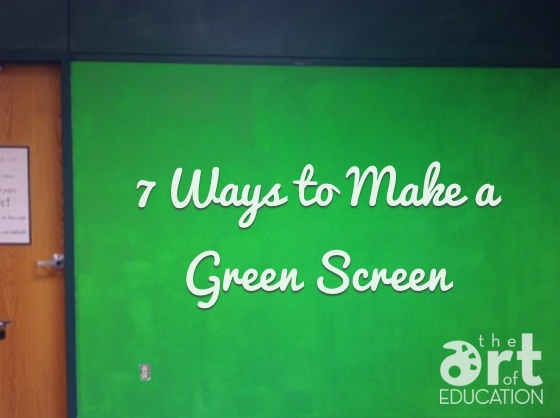
Option 1: Use Green Paper
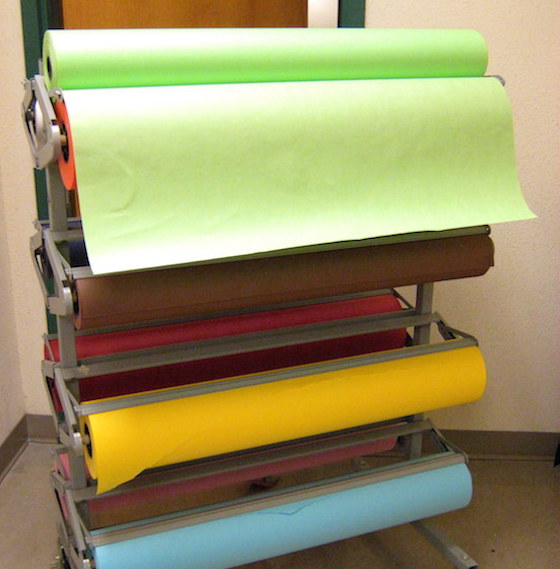
This option is the cheapest and fastest. Find the roll of paper for bulletin boards at school and pull enough green paper off to cover the area you plan on working with. Staple it on the wall, and Ta-Da! you have a green screen. Keep in mind if you are working with high-quality images you might find that the paper seams cast a shadow that doesn’t completely disappear. This screen also won’t stand up to heavy use. However, for the cost and time involved, you can easily replace it.
Option 2: Use a Green Sheet
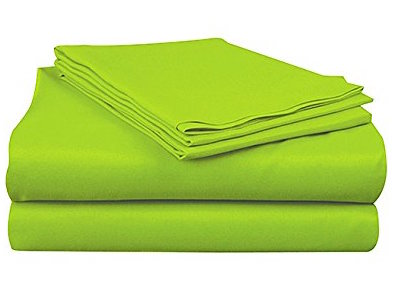
This is a great option if you have a small classroom or limited space. Simply purchase a green sheet and hang it in your room. It could be hung on a curtain rod, binder clipped to your ceiling grid (because it is temporary) or even laid over a table. I checked online, and Walmart, Target, and Amazon each had some that would work for less than $30. A nice thing about this green screen is that you can use it time and time again. You can even wash it if it gets dirty or if a student tracks dirt across it. The negative is that you may have to put the screen up and take it down every time you use it.
Option 3: Buy a Professional Green Screen

This a great option if you have a focus on digital art, lots of room, and a hefty budget. For little more than $100 you can buy a 10’x12′ professional-quality green screen, frame, and lights. Like all purchases, you should do some research before buying. You would be ready to create some professional images with a set up like this one from Amazon.
Option 4: Paint a Green Screen

If you have an extra wall in your room this might be the best option. After getting the okay from your administration, head down to the paint store and pick out a nice bright lime green. Cut in the edges, roll the wall, and when you’re finished you will have a green screen that is always ready to go. Another perk of using paint is that you can also paint other objects the exact same green and make them disappear. Just think what you could do with a green table, stool, or other props.
Be aware that lime green is a paint color that can be hard to get even coverage with. If you apply a coat of gray primer first, you will get streak free coverage in two coats.
Options 5-7: Scale Down
If you don’t have space in your art room or teach from a cart, don’t worry. You can also create smaller, portable green screens by:
- Painting the inside of a pizza box
- Painting or applying fabric to a tri-fold presentation board
- Leaning construction paper or poster board up against the wall
Now that you have seven different ways to make a green screen, there’s no reason not to try it! No matter how you create your green screen, I know that your students will love the magic of creating with one. Come back tomorrow for a list of inspiring green screen lessons and some recommended apps to get you started!
{imagesource}{image source}{image source}
How have you made a green screen for your classroom?
What are you most excited to do with your green screen?
Magazine articles and podcasts are opinions of professional education contributors and do not necessarily represent the position of the Art of Education University (AOEU) or its academic offerings. Contributors use terms in the way they are most often talked about in the scope of their educational experiences.

